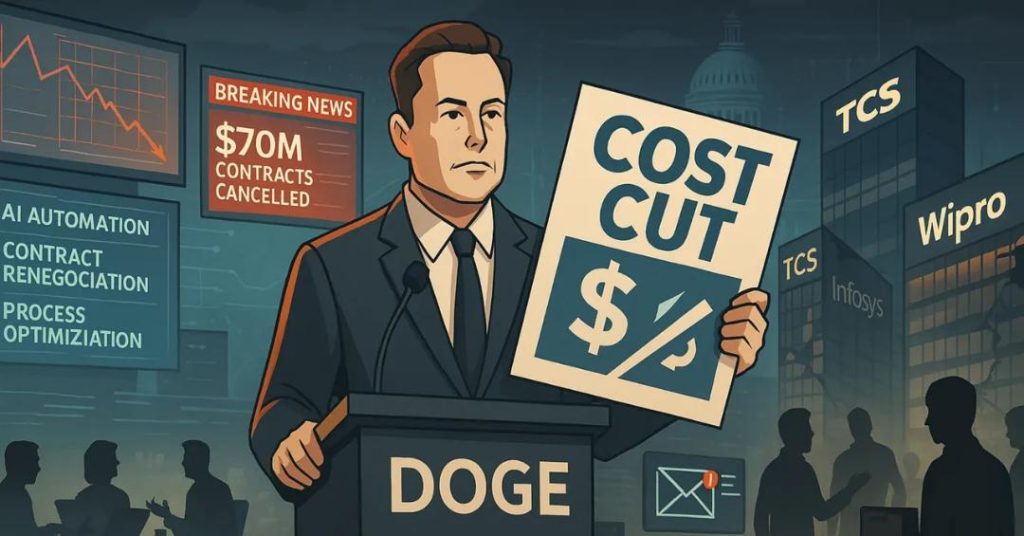
How is Elon Musk’s DOGE reshaping tech?
The tech industry is abuzz with the sudden and drastic cost-cutting measures taken by Elon Musk’s DigitalOcean (DOGE). The move has sent shockwaves throughout the sector, prompting companies to reevaluate their contracts, layoff strategies, and innovation pipelines. Even major IT players like Tata Consultancy Services (TCS) and Infosys may feel the heat as government deals are slashed. In this blog post, we’ll delve into the impact of DOGE’s aggressive cost-cutting and provide strategies for companies to navigate this shifting landscape.
DOGE’s decision to slash costs has sent a clear message to the tech industry: prioritize efficiency over innovation. The company has announced significant layoffs, reducing its workforce by a substantial margin. This move is not only a significant blow to employees but also a stark reminder to other companies that the era of unchecked spending is over.
The pressure is on for other tech firms to follow suit, and many are already taking steps to cut costs. In a recent report, it was revealed that DOGE’s cost-cutting measures have put significant pressure on its competitors, forcing them to rethink their own expense structures. The report highlighted that companies are now focusing on cost-efficiency, automation, and clear communication to survive in this new reality.
But what does this mean for the tech industry as a whole? For one, it’s a sign that the era of rapid growth and expansion is coming to an end. The tech industry has long been characterized by its ability to scale quickly, but DOGE’s decision to cut costs suggests that this trend is reversing.
Another impact of DOGE’s cost-cutting is the pressure it’s placing on government deals. With government contracts being slashed, major IT players like TCS and Infosys may feel the heat. These companies have long relied on government contracts to drive their revenue, but with DOGE’s decision to cut costs, they may need to rethink their strategy.
So, what strategies can companies use to navigate this shifting landscape? For one, it’s essential to prioritize cost-efficiency. This means cutting unnecessary expenses, streamlining operations, and investing in automation to reduce labor costs. Companies should also focus on clear communication, keeping employees informed about changes and transparent about the company’s financial situation.
Innovation is also crucial in this new reality. Companies that can innovate quickly and effectively will be better positioned to thrive in this environment. This means investing in research and development, embracing new technologies, and taking calculated risks.
Another key strategy is to diversify revenue streams. Companies that rely too heavily on a single source of revenue are vulnerable to disruptions. By diversifying revenue streams, companies can reduce their risk and increase their resilience.
Finally, it’s essential for companies to stay agile and adaptable. The tech industry is known for its ability to pivot quickly, and this is more important than ever. Companies that can adapt to changing circumstances will be better positioned to survive and thrive in this new reality.
In conclusion, DOGE’s aggressive cost-cutting is sending shockwaves through the tech industry, prompting companies to rethink their contracts, layoffs, and innovation pipelines. The pressure is on to prioritize cost-efficiency, automation, and clear communication, while also investing in innovation and diversifying revenue streams. Companies that can adapt to this new reality will be better positioned to survive and thrive in the years to come.






